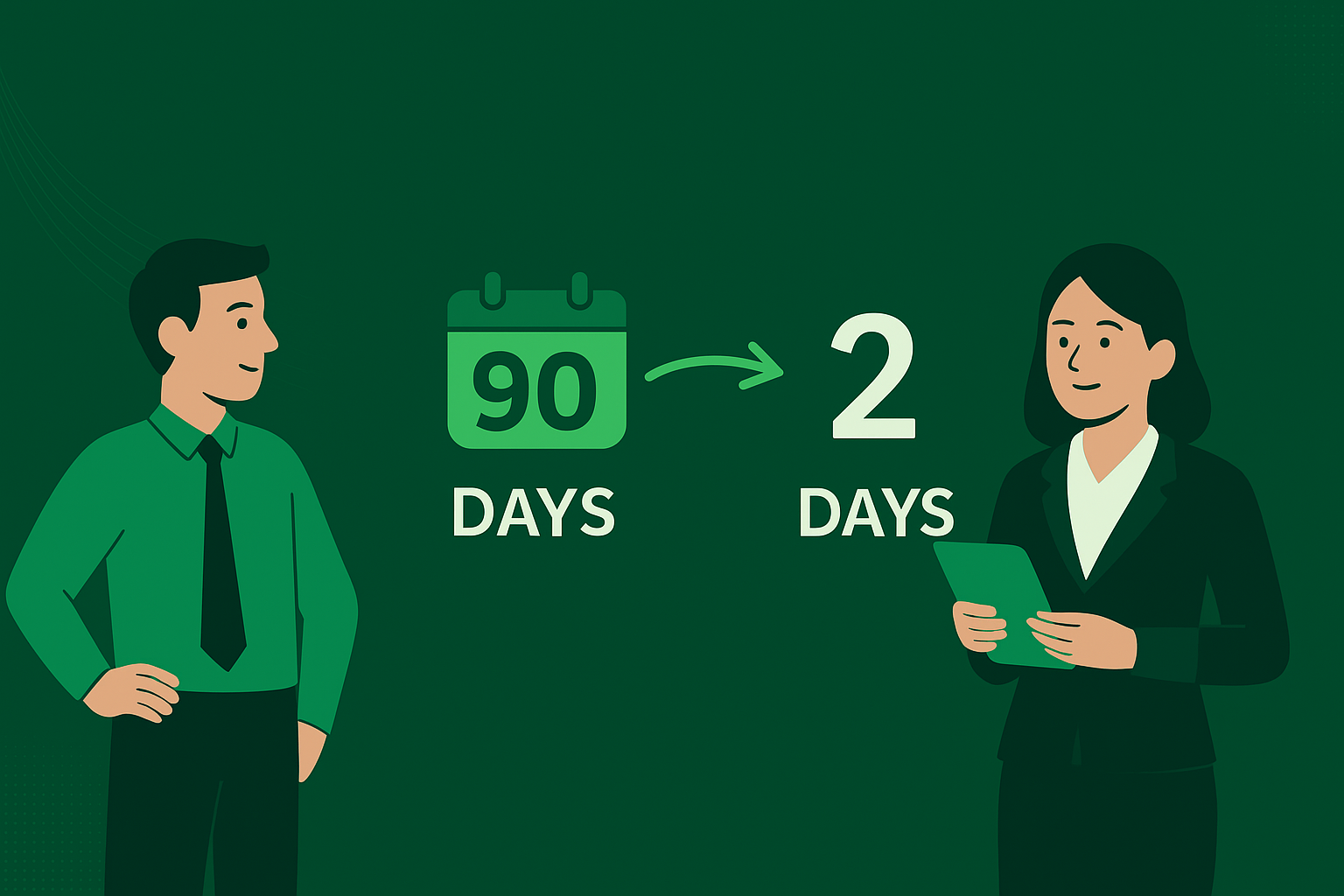Cut Payment Wait Times from 90 Days to Just 2 Days — A Faster Cash Flow Solution for ASEAN SME Exporters

For many SME exporters in Southeast Asia, long payment terms are an unavoidable part of doing business.
Whether it’s a buyer in Europe demanding 90–120 days credit or a distributor in the US negotiating extended payment timelines, cash flow often suffers while goods are already shipped and delivered.
In ASEAN markets like Indonesia, Vietnam, Thailand, and Malaysia, delayed payments are not just an inconvenience — they’re a major growth bottleneck. SMEs often find themselves stuck waiting months for overseas buyers to settle invoices, while supplier bills, wages, and production costs can’t wait.
Several factors are making late payments more common in 2025:
While the idea of reducing a 90-day payment term to just 2 days might sound unrealistic, it’s exactly what export factoring is designed to achieve.
Export factoring allows SME exporters to sell their unpaid invoices to a finance partner (like Factorglobe) and get up to 90% of the invoice value within 48 hours.
When the buyer finally pays, the remaining balance — minus a small service fee — is released.
Here’s how exporters across ASEAN are using factoring to transform their payment cycles:
When selecting a factoring provider, SMEs should look for:
Factorglobe, for example, specialises in helping Southeast Asian exporters bridge this exact cash flow gap — moving from 90 days to just 2 days.
Late payments in ASEAN exports are not going away anytime soon. But with the right financing tools, SMEs don’t need to be at the mercy of overseas buyers’ timelines.
Export factoring is giving businesses the power to say:
"We deliver today. We get paid today."
If your business is tired of waiting 90 days to get paid, discover how Factorglobe can help you access up to 90% of your invoice value in just 48 hours.
👉 Check your eligibility here